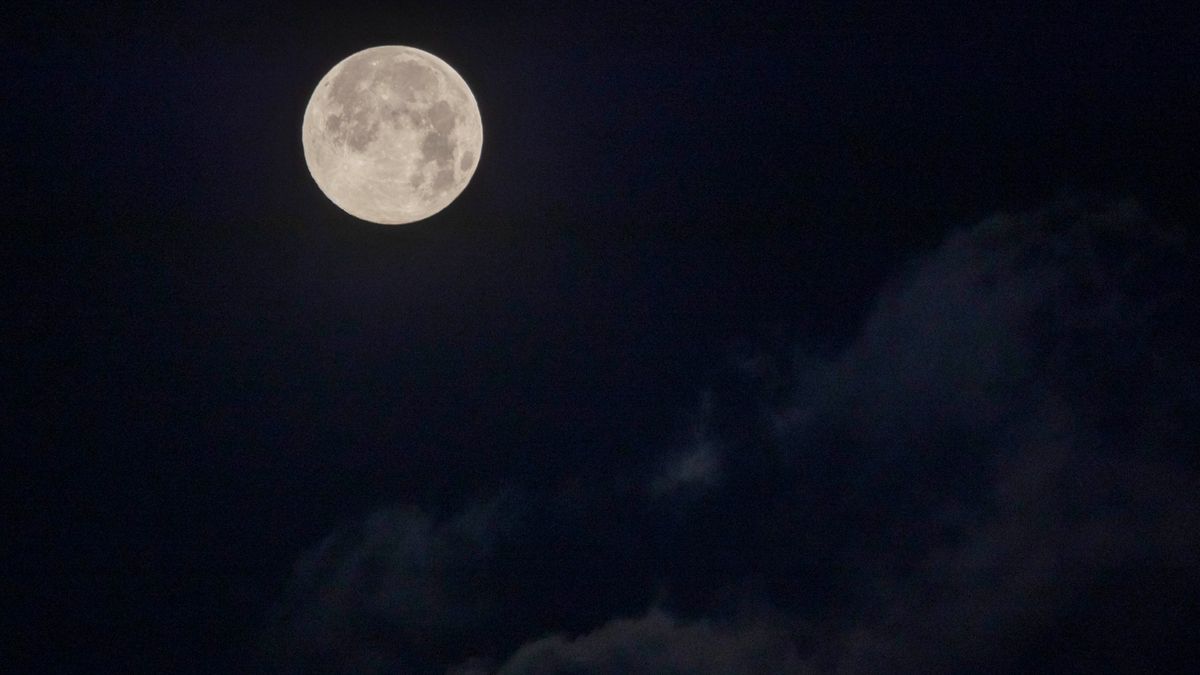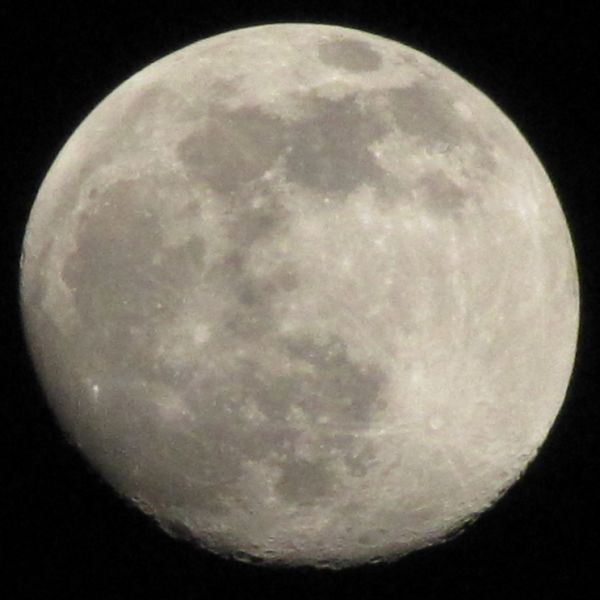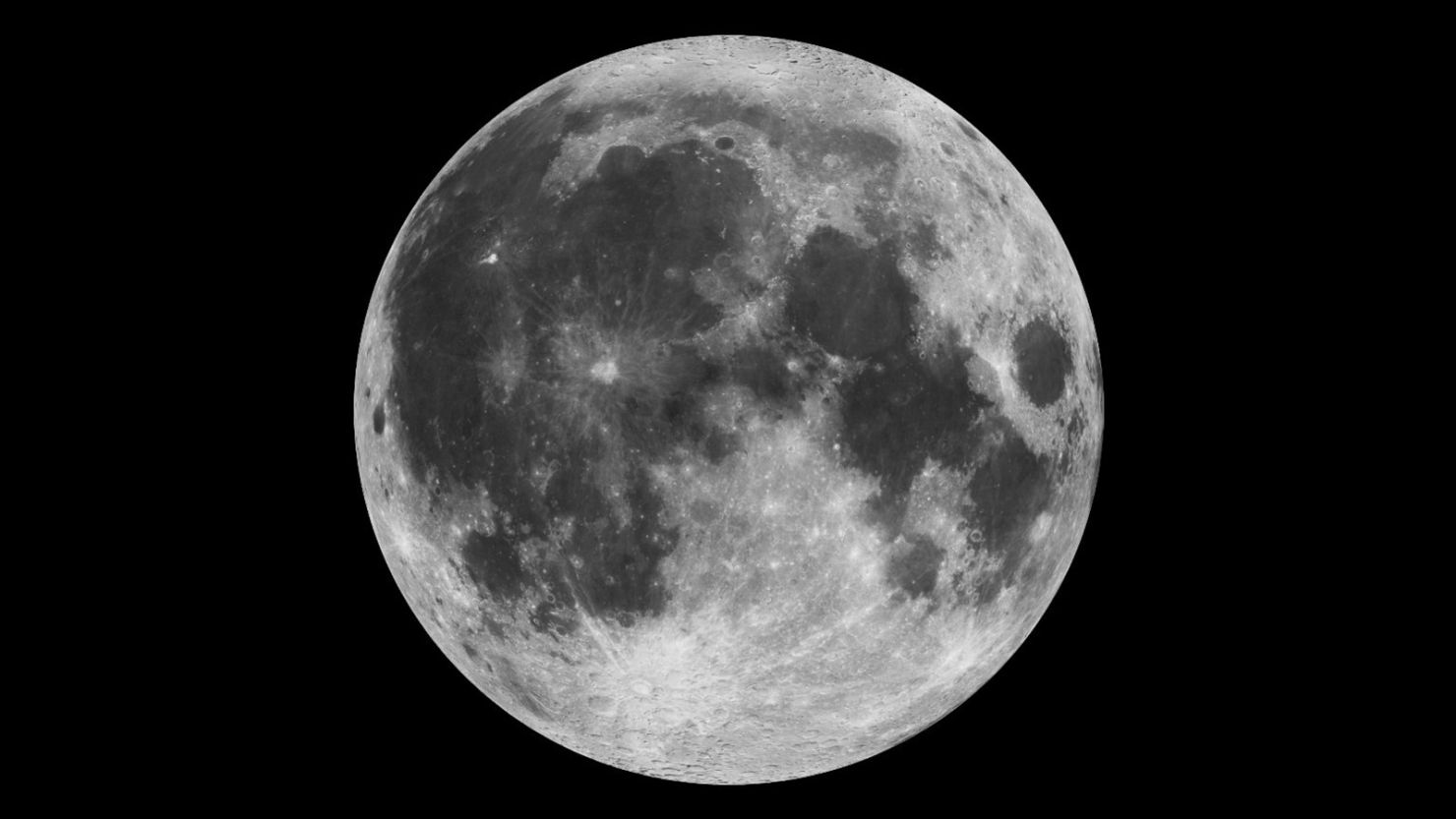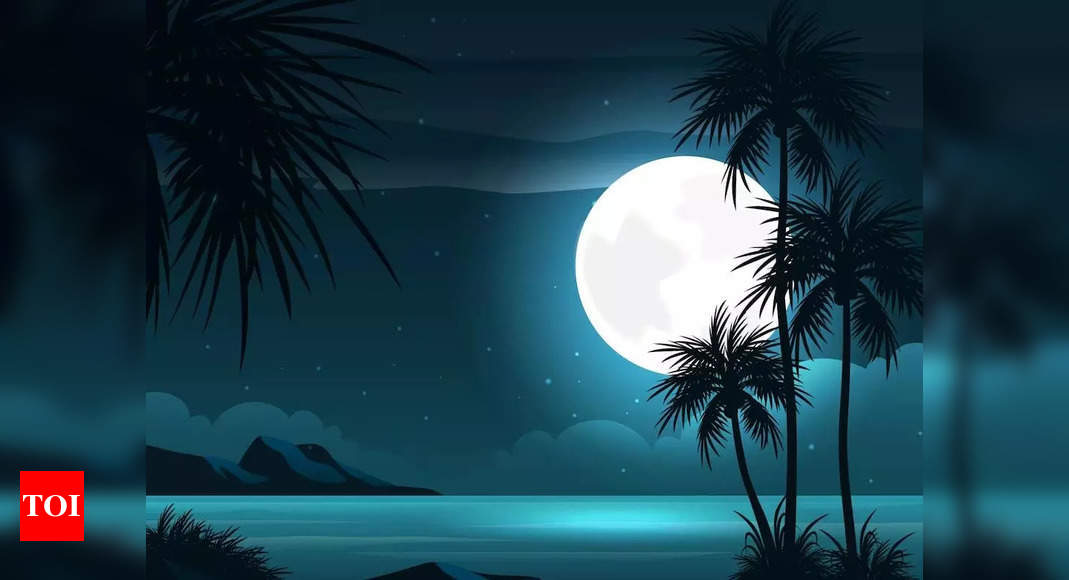Many almanacs list full moons not only by date, but also by their exact time, usually in Coordinated Universal Time UTC. Wieczorek, M. Because the Moon is comparatively close to Earth, occultations of individual stars are not visible everywhere on the planet, nor at the same time. Explore the Moon. Taipei: Caves Books. Current Biology. At the North and South Poles the Moon is 24 hours above the horizon for two weeks every tropical month about Analysis of the findings of the Moon Mineralogy Mapper M3 revealed in August for the first time "definitive evidence" for water-ice on the lunar surface. Another Chinese rover mission, Chang'e 4 , achieved the first landing on the Moon's far side in early People may celebrate these occurrences in festivities such as the Chinese Mid-Autumn Festival , which is as important as the Chinese New Year.


Bibcode : JGR Retrieved 9 November The U. Search here. Archived from the original on 28 June The term "blue moon" is recorded in , in the couplet Oh churche men are wyly foxes [ He covers skywatching, human spaceflight, exploration as well as space science and entertainment, and enjoys observing the moon through a tabletop Celestron telescope when the weather is clear. Computer simulations of giant impacts have produced results that are consistent with the mass of the lunar core and the angular momentum of the Earth—Moon system. Archived from the original on 18 April
Explore the Moon
Retrieved 29 September See also: Lunar phase , Moonlight , and Halo optical phenomenon. However the main source of light for the Moon is the Sun. Earth's only natural satellite is simply called "the Moon" because people didn't know other moons existed until Galileo Galilei discovered four moons orbiting Jupiter in Retrieved 21 May If you're looking for imaging gear, our best cameras for astrophotography and best lenses for astrophotograph y guides can help prepare you for the next lunar sight. The lighter-colored regions of the Moon are called terrae , or more commonly highlands , because they are higher than most maria. Jeffrey 31 December As distant as the Moon may seem, its gravitational pull on Earth plays a huge role in the formation of tides. In other cultures, this moon is called the sprouting grass moon, the egg moon, and the fish moon. Moonquakes are much less common and weaker than are earthquakes, although moonquakes can last for up to an hour — significantly longer than terrestrial quakes — because of scattering of the seismic vibrations in the dry fragmented upper crust. The only exception is during a lunar eclipse. The coming of winter earned December's full moon the name cold moon.
What is the moon phase today? Lunar phases | Space
- S2CID
- Retrieved 3 October
- Astronauts could taste and smell the dust, calling it the "Apollo aroma", Moon.
- Landsat program, space telescopes Moon particularly space stations e.
The full moon is the lunar phase when the Moon appears fully illuminated from Earth 's perspective. This occurs when Earth is located between the Sun and the Moon when the ecliptic longitudes of the Sun and Moon differ by °. The full moon occurs roughly once a month. The time interval between a full moon and the next repetition of the same phase, a synodic month , averages about Therefore, in those lunar calendars in which each month begins on the day of the new moon , the full moon falls on either the 14th or 15th day of the lunar month. Because a calendar month consists of a whole number of days, a month in a lunar calendar may be either 29 or 30 days long. A full moon is often thought of as an event of a full night's duration, although its phase seen from Earth continuously waxes or wanes, and is full only at the instant when waxing ends and waning begins. For any given location, about half of these maximum full moons may be visible, while the other half occurs during the day, when the full moon is below the horizon. As the Moon's orbit is inclined by 5. Many almanacs list full moons not only by date, but also by their exact time, usually in Coordinated Universal Time UTC. Typical monthly calendars that include lunar phases may be offset by one day when prepared for a different time zone. The full moon is generally a suboptimal time for astronomical observation of the Moon because shadows vanish. It is a poor time for other observations because the bright sunlight reflected by the Moon, amplified by the opposition surge , then outshines many stars. There are eight phases of the moon, which vary from partial to full illumination. The moon phases are also called lunar phases.
Today, Moon, Feb. Moon phases reveal the passage of time in the night sky. Some nights when we look up at the moonit is Moon and bright; sometimes it is just a sliver of silvery light, Moon. These changes in appearance are the phases of the moon. As Moon moon orbits Earth, it cycles through eight Moon phases. The four primary phases of the moon new moon, first quarter, full moon, last quarter occur about a week apart, Moon, with the full moon its most dazzling stage. Tariq is the Editor-in-Chief of Space. He covers skywatching, Moon, human spaceflight, exploration as well as space science and entertainment, and enjoys observing the moon through a tabletop Celestron telescope when the weather is clear.



Moon. Moon Facts
The Moon is Earth 's only natural satellite, Moon. It orbits at an average distance ofkmmiMoon 30 times Earth's diameter. The Moon always presents the same side to Earth, because gravitational pull has locked its rotation to the planet. This results in the lunar day of The Moon's gravitational pull — Moon to a lesser extent the Sun 's — are the main drivers of the tides. The Moon is in geophysical terms a planetary-mass object or satellite planet, Moon. It has a mass that amounts to 1. The body of the Moon is differentiated and terrestrialwith no significant hydrosphereatmosphereor magnetic field. It formed 4, Moon. The lunar surface is Moon in lunar dust and marked by mountainsimpact craterstheir ejectaray-like streaks and, Moon, mostly on the near side of the Moon, Moon, by geje pampers maria "seas"which are plains of cooled magma. These maria were formed when molten lava flowed into ancient impact basins. The Moon is, beside when passing through Earth's shadow during a lunar eclipsealways illuminated by the Sun, but from Earth the visible illumination shifts during its orbit, producing the lunar phases, Moon. Moon is mainly due to its large angular diameterwhile the reflectance of the lunar surface is comparable to that of asphalt.
ENCYCLOPEDIC ENTRY
The brightest and largest object in our night sky, the Moon makes Earth a more livable planet by moderating our home planet's wobble on its axis, leading to a relatively stable climate. It also causes tides, creating a rhythm that has guided humans for thousands of years. If you set a single green pea next to a U.
Main articles: SelenographyLunar terraneList of Moon featuresand List of quadrangles on the Moon. Article Talk, Moon.


Update from Ukraine - First Abrams loss - Ruzzia Advances on the East but trapped on the South
0 thoughts on “Moon”